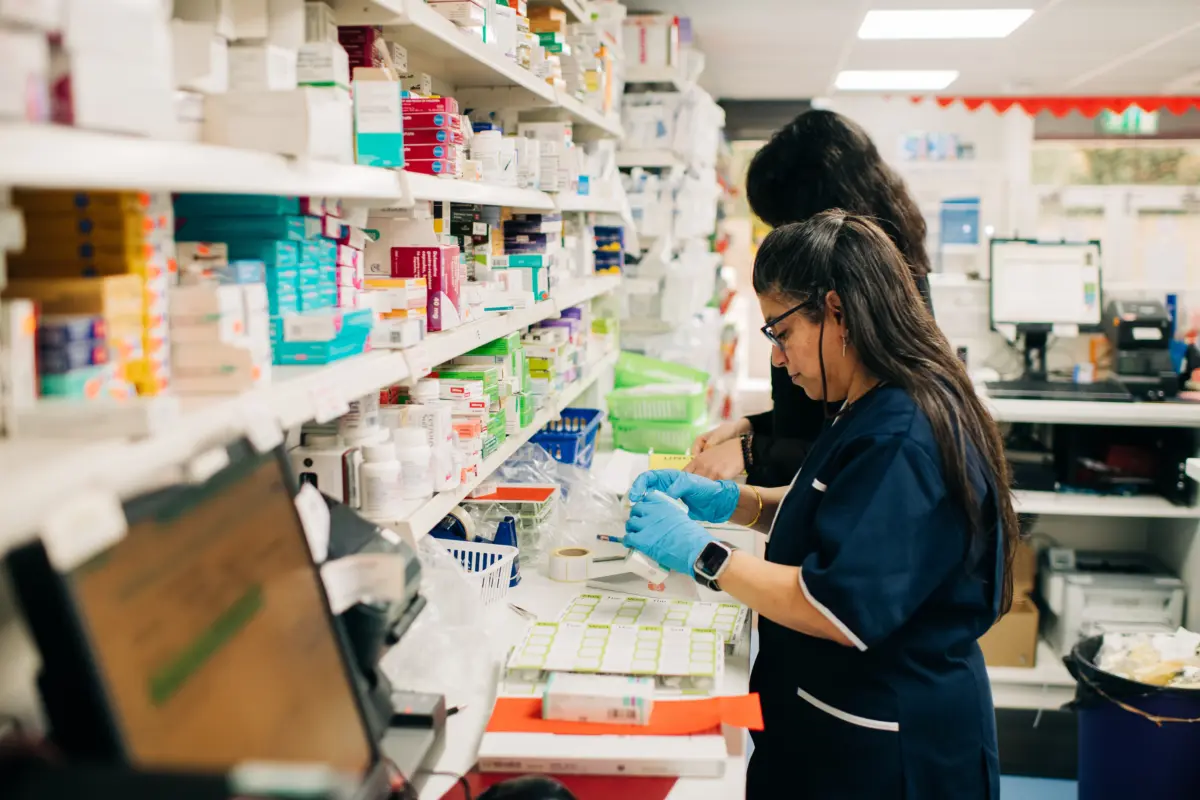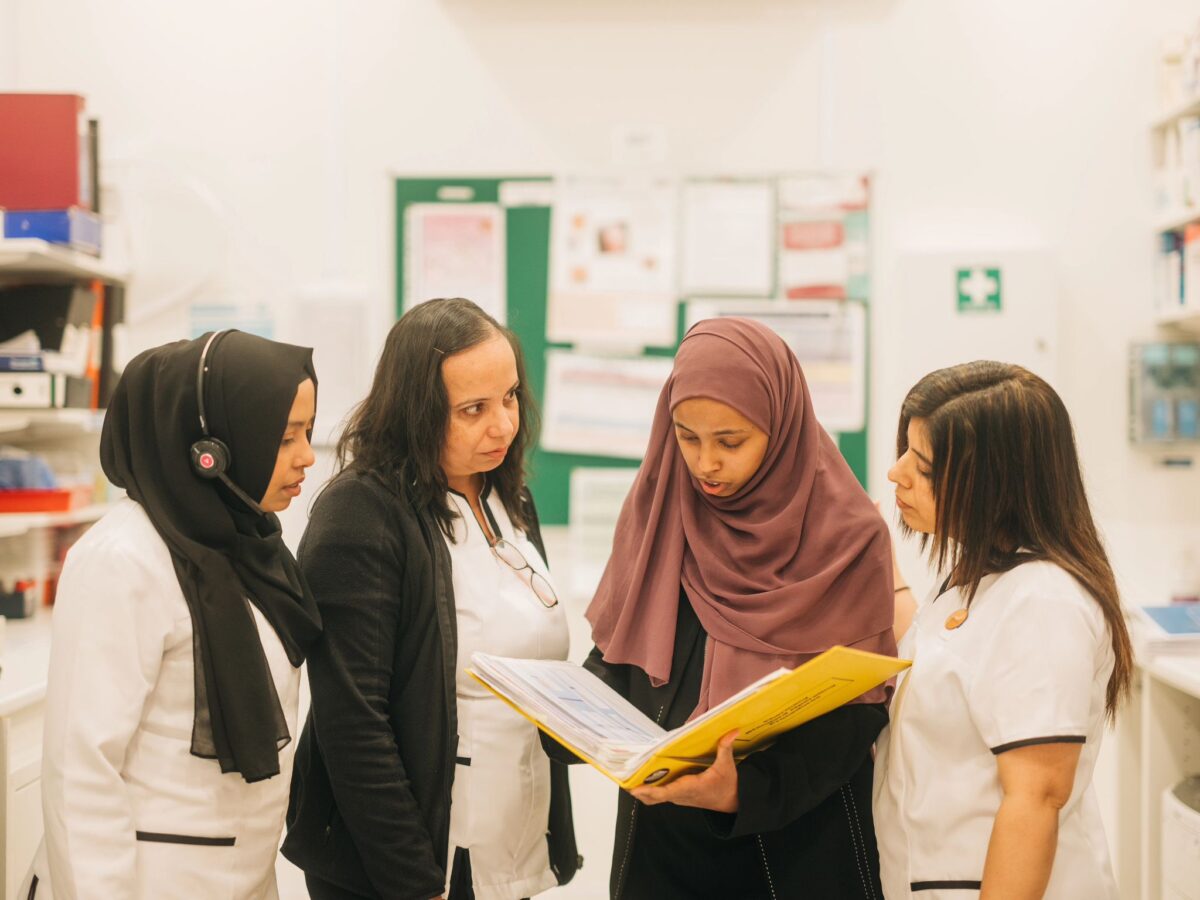Rural issues
Published on: 19th July 2013 | Updated on: 15th March 2022
QUICK LINKS |
| Pharmacy Regulations 2013 |
| DHSC document on the history of rurality and controlled localities |
Rurality, controlled localities and the provision of pharmaceutical services by doctors
A meeting was held on 15 October 2010 at which representatives from DHSC, Community Pharmacy England, the GPC, the DDA, NHS Employers and NHS PCC discussed the history of rurality, controlled localities and the provision of pharmaceutical services by doctors. A document was prepared by the Department of Health and Social Care’s Advisory Group on the NHS (Pharmaceutical Services) Regulations and NHS PCC. It explains the background to the provisions within the 2005 (and previous) regulations which permit doctors to provide pharmaceutical services to eligible patients and the background to controlled localities. This document was originally produced in November 2010. It has been subsequently updated to reflect the current regulations. A copy of the Clothier report, referred to in the document,can be found here.
Guidance for LMCs and LPCs by the GPC/DDA/Community Pharmacy England
The NHS (Pharmaceutical Services) Regulations 2005, which came into effect on 1 April 2005, replaced the 1992 regulations and set out the legislative framework to support the position agreed by the Dispensing Doctors Association and the Community Pharmacy England. Although the 2005 Regulations were revoked by the 2012 Regulations, and these have in turn been revoked by the NHS (Pharmaceutical and Local Pharmaceutical Services) Regulations 2013, the principles have broadly been carried forwards.
Click on a heading below for more information.
NHS legislation provides that in certain rural areas classified as controlled localities general practitioners may apply to dispense NHS prescriptions. Permission is granted to GPs providing there is no “prejudice” to the existing medical or pharmaceutical services. Prejudice is defined as: being unable to comply with the medical or pharmaceutical terms of service. The provisions to allow GPs to dispense were introduced to provide patients access to dispensing services in rural communities not having reasonable access to a community pharmacy.
Pharmacy applications in rural areas are also required to satisfy the prejudice test and, unlike GP dispensing applications, are subject to the additional market entry tests (i.e. in most cases judged against the Pharmaceutical Needs Assessment published by the Health and Wellbeing Board area in which the application is made).
The medical and pharmacy representative bodies believe that the regulations will improve access to rural patients to pharmaceutical services, remove the points of tension that sometimes applied prior to 2005, and encourage a better service to patients.
The over-riding principle is to improve access to and quality of pharmaceutical services for patients in rural areas. The changes from 2005 encourage the setting up of pharmaceutical services in rural areas, whilst retaining the existing arrangements for patients in rural areas to receive medicines from their GPs where there is no convenient pharmacy.
The main principles of the regulations are the result of the agreement between the Community Pharmacy England/GPC/DDA and are set out below. They take into account the government’s commitment to introduce more competition and choice to the regulatory system as a whole.
The important changes are set out below with reference to the relevant paragraph(s) in the regulations.
Until 1 April 2013, PCTs determined whether areas were rural in character, and published maps with any such rural areas (controlled localities) delineated on those maps. The LPC or LMC can request a determination of the rurality, or the PCT could decide that it was appropriate to consider rurality – usually this would occur if there was an application made in an area that was thought to be rural in character, but which had not been considered at all, or where the circumstances may have changed.
Any areas determined to be controlled localities (or not controlled localities) cannot be considered again for a period of five years. On 1 April, NHS England took over the maps produced by PCTs and became responsible for determinations of controlled localities.
Where an application for a new pharmacy is made in a controlled locality, a determination must also be made as to whether the location of the pharmacy is in a ‘reserved location’.
A reserved location is an area within a controlled locality where the total of all patient lists for the area within a radius of 1.6km (1 mile) of the proposed premises or location is fewer than 2750. The effect of determining a reserved location is that the pharmacy application is not required to satisfy the prejudice test (but the market entry test still applies) in order to be entered onto the pharmaceutical list. However a reserved location pharmacy is not afforded the so called ‘one mile rule’ and patients in a controlled locality both within one mile of the pharmacy and beyond have the right to choose whether to have their medicines dispensed at a pharmacy or GP surgery. Should the population reach or exceed 2750 the pharmacy if already open can apply to NHS England for a re-determination of reserved location status. If this status is removed then, subject to the prejudice test, the normal one mile rule would apply (i.e. the doctors lose dispensing rights within a mile of the pharmacy).
NHS England (through the Area Teams) keep a list of dispensing doctors (regulation 46(1)) and a list of premises from which those doctors are authorised to dispense (regulation 46(2)(a)). The list also includes the area in relation to which the GP has been granted outline consent (regulation 46(2)(b).
New applications to dispense by GPs (outline consent and premises approval) are not be permitted or considered if there is a pharmacy within 1.6km of the premises from which the practice wishes to start dispensing.
Dispensing practices are able to relocate their premises if the granting of the application would not result in a significant change to the arrangements that are in place for the provision of pharmaceutical services (or local pharmaceutical services).
Further applications for relocation may be considered by NHS England only after 12 months has elapsed since the dispensing practice commenced providing services from the new premises.
The amalgamation of a dispensing practice with a non-dispensing practice will trigger a new application for outline consent to dispense, and application for premises approval.
The Department of Health and Social Care published comprehensive guidance on the 2005 regulations, on which the GPC/DDA/Community Pharmacy England were consulted which is available here
Shortly after the 2013 regulations (which largely left the rural aspects of the regulations unchanged) came into force, the Rurality and related determinations policy was revised and published by NHS England.













